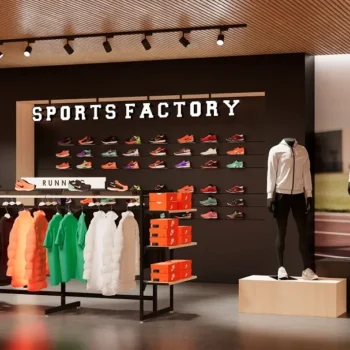Visual merchandising is all about creating a pleasing &uncomplicated retail setting to grab attention & increase sales. There’s an entire profession around visual merchandising, but to hire a visual merchandiser for a standalone boutique is astronomically expensive. Fortunately the basics (e.g. a clean store, good lighting, neat groupings of items) are easy to master, & with a little bit of understanding the more advanced principles aren’t too hard, either.
Bear in mind what your target customer might be thinking when you set up your shop & don’t forget the 5 I’s:
1. Induce –
Catch the eye of people walking by & induce them into the store. Successful window designs create curiosity with a theme, mood or idea. Change the displays with the seasons, & always reflect your newest or best-selling items. Remember that less is more. Don’t make the mistake of cramming in lots of merchandise – no-one likes clutter.
2. Impact –
Have you ever walked into a store, taken a lap around, and left? Almost unconsciously something about the store turned you off. Don’t do this to your customers. The music, product displays, lighting, climate control….everything in the store influences the customer experience. You, the owner, govern this impact.
3. Inspire –
Show how an item fits into everyday life. In a homewares store, that might mean a table setting or cushions scattered on a sofa. In a clothing store it’s mannequins all dressed up & posed in a reflection of real life. Customers are always more likely to purchase if they can picture themselves using/wearing the product.
4. Identify –
Make the basis details & benefits easy to identify. Your price shouldn’t be a secret, & customers shouldn’t have to search forever to find their size. Organize products in logical groupings by characteristic. Have clear signage & product descriptions.
5. Impulse –
An emotionally engaged customer won’t be so worried about price, & will be more likely to buy on impulse. Small items at the counter can generate big dollars in sales. Think of it as a gentle reminder to the customer.









